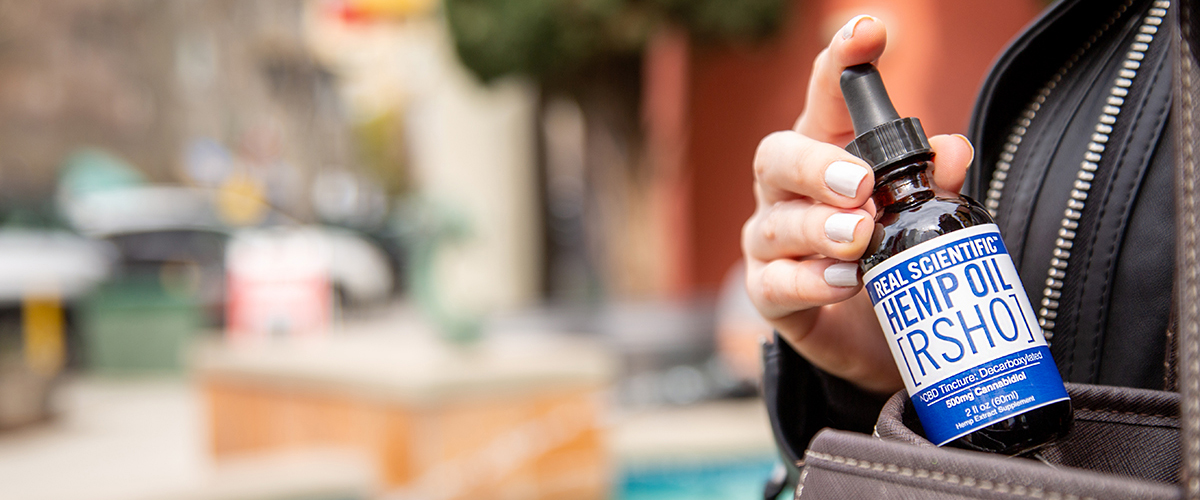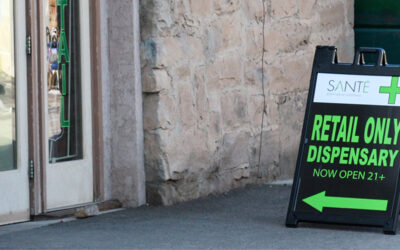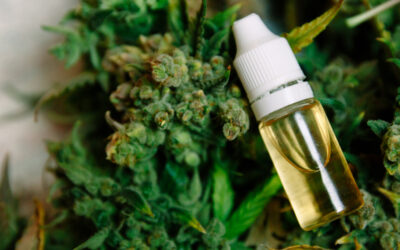What goes into labeling CBD oil product packaging? Learn the ins and outs of what product facts to look for when reading the back of every CBD label.
Whether you’re a seasoned CBD user or just getting started, knowing what the facts on CBD labels look like is key to gaining the best experience.
It’s no secret that understanding CBD labeling can be a challenge. With CBD labeling laws and regulations still being deliberated by the FDA, CBD labels and the information they provide can vary significantly between brands and products. Even so, most CBD oil product labels provide the same general product facts.
CBD is more popular than ever, and new customers are faced with deciphering hemp labels every day. In today’s world, you need to be a savvy reader to understand CBD product labels clearly, no matter whether you’re shopping for CBD online or in a brick-and-mortar store. Keep reading below to find out how.
CBD Product Label Requirements
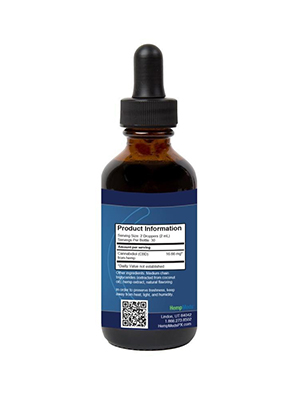
Unfortunately at the moment, there are no product labeling guidelines for hemp-derived CBD. The federal regulations for CBD label requirements are expected from the FDA soon, but as for now, many companies design their CBD labels to either resemble a Nutrition Facts label found on most packaged foods and beverages, or to look like dietary supplement labeling that lists the name and place of the manufacturer, a list of ingredients, and the net contents of the product.
CBD oil products are safe and well-tolerated, provided they’re made and tested responsibly.
Until FDA rules are in place, CBD manufacturers are free to put whatever they want in their products and on their hemp labels. In this period of no regulations, it’s a good idea to not only closely examine the labels of products you’re considering buying, but to also do a little research before making that CBD purchase.
How to Read CBD Labels
Below is an overview of what type of info is available on most CBD labels, and what the facts label on most CBD oil products looks like.
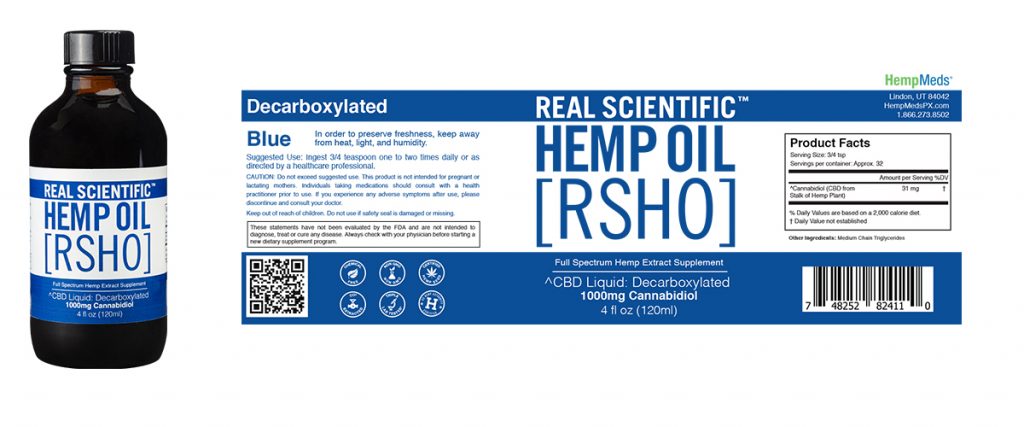
CBD Potency
One of the most important pieces of information on CBD labels is the total amount of cannabidiol in the entire product, whether it’s a bottle, oral applicator, or jar. Every CBD product label should clearly state the total amount of CBD it contains in milligrams (mg). A milligram is one-thousandth of a gram.
CBD potency can vary significantly by product. Lower potency CBD products, such as tinctures, may contain 100 mg of CBD in a bottle, while higher potency CBD products like some CBD oil concentrates can contain as much as 4500 mg of CBD.
Number and Size of CBD Servings
Many CBD labels will also convey the number and size of CBD servings in each package. You’ll see this information generally listed out as “Serving Size” (Ex: ¾ teaspoon) and “Servings Per Container” (Ex: Approx. 32)
Quality CBD manufacturers will also include information on the amount of CBD in milligrams in each serving (Ex: 31 mg)
Keep in mind that there is no standard serving of CBD and that the ideal CBD serving for you will depend on a variety of factors, including body weight, metabolism, condition, method of consumption, and more. Learn more about how to best dial in on the right CBD serving size for you.
Batch or Lot Numbers
More respected CBD product manufacturers will also list batch or lot numbers on the labels of their CBD products. Batch and lot numbers are a sign of accountability because if there is an issue or recall, regulators or the company can hold that entire batch or lot.
When CBD labels have no batch or lot number, it’s impossible to tell when or where that product was made, and whether it is part of the lot experiencing a problem.
CBD Oil Expiration Date
While CBD oil products tend to be shelf-stable and long-lasting, CBD does degrade over time. The fresher your CBD oil product, the better. Some hemp labels will provide you with either a manufacturing or CBD oil expiration date. Most CBD products should be consumed within months of their manufacturing date, and prior to their expiration date.
Type of CBD Oil
Another piece of information to keep an eye out for on CBD labels is the product’s source for CBD. Hemp CBD products can be made using either full-spectrum CBD oil, broad-spectrum CBD oil, or CBD isolate. All three are natural and come from the hemp plant, but they differ in the types of compounds they contain.
- Full-spectrum CBD oil is the unadulterated extract of the hemp plant. It includes all of the active compounds, such as cannabinoids, terpenes, nutrients, chlorophyll, waxes, and more, that are found in the hemp plant. This includes trace amounts (no more than 0.3%) of tetrahydrocannabinol (THC).
- Broad-spectrum CBD oil features many of the same active compounds and nutrients as full-spectrum CBD oil, but without any measurable amounts of THC.
- CBD isolate is CBD oil that has been refined down to a highly concentrated powder containing 99% CBD. A proprietary process is used to filter out the hemp oil’s plant material, waxes, chlorophyll, and more, leaving a pure crystalline powder containing only the CBD chemical compound.
You may notice that the ingredients list on some CBD product labels will instead list vague terms like “hemp extract” or “hemp oil,” without ever referring to CBD, a tactic that has been used by some low-quality manufacturers to sell products with either very little or no CBD in them.
Other Ingredients
While CBD oil is available on its own, it can also be infused into other products, such as CBD tinctures and liquids, CBD capsules, CBD edibles, and more. Most CBD products are going to contain other ingredients outside of full-spectrum or broad-spectrum CBD oil, or CBD isolate.
The product labels of these types of CBD products will often contain a list of other ingredients. Be sure to review it for any ingredients that you may want to avoid or are allergic to.
Warnings or Cautions
You may also find warning or caution notes on CBD labels, such as suggestions to keep the product out of reach of children or to consult with a health practitioner prior to use if you’re pregnant. A CBD product label may also encourage you to not exceed suggested use. Be sure to read and heed any warnings or cautions.
QR Code
QR codes on a CBD product label can be another sign of accountability for a CBD company and its products. These special square barcodes can be scanned by your smartphone, and in most cases will bring up the laboratory quality and safety test results for that particular product.
Company Information
A CBD product maker’s information should be on a CBD product label, including the company’s basic contact information like an address, phone number, and website. This allows you to research the product and the company more thoroughly to make a more informed purchasing decision.
Added Note on CBD Labels
Keep in mind that since CBD regulations are still being formulated by the FDA, there is no standardization when it comes to CBD manufacturing and testing, so the facts provided on some CBD labels may not be accurate.
You want to make sure that you always buy your CBD products from a respected and trusted manufacturer. Avoid buying products that you find at your local gas station, convenience store, and other similar places.
Take a little time to look up whether the CBD company you’re considering has their products tested for quality and safety by an independent lab. That information is generally not available on CBD labels, so you may need to visit the company’s website or reach out to ask for a Certificate of Analysis (COA).
Learn More About CBD
Looking for even more information on CBD and CBD products? Visit our CBD oil overview or our CBD education page to get answers to your questions on the cannabinoid or to get more guidance on selecting a product. Shop for CBD products in our online store.

